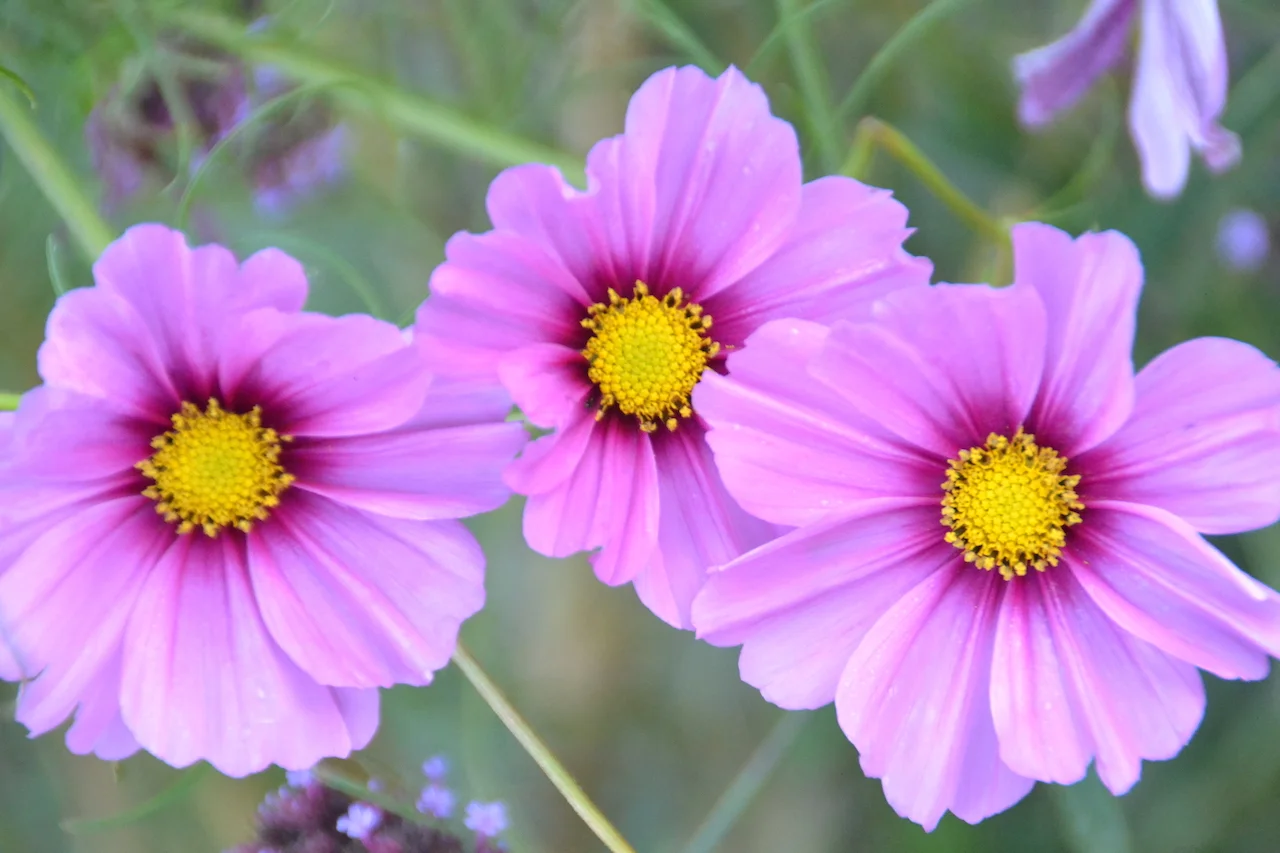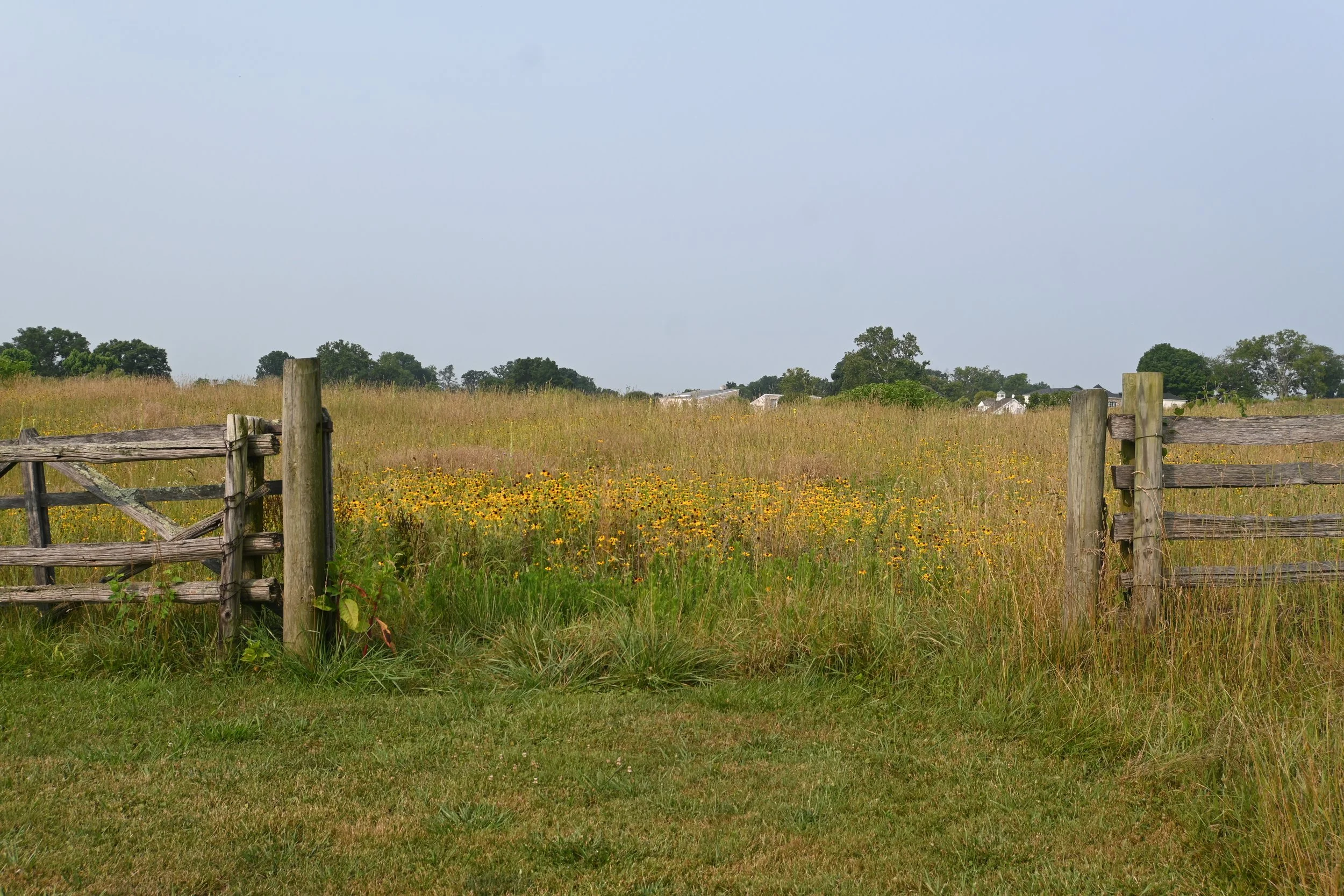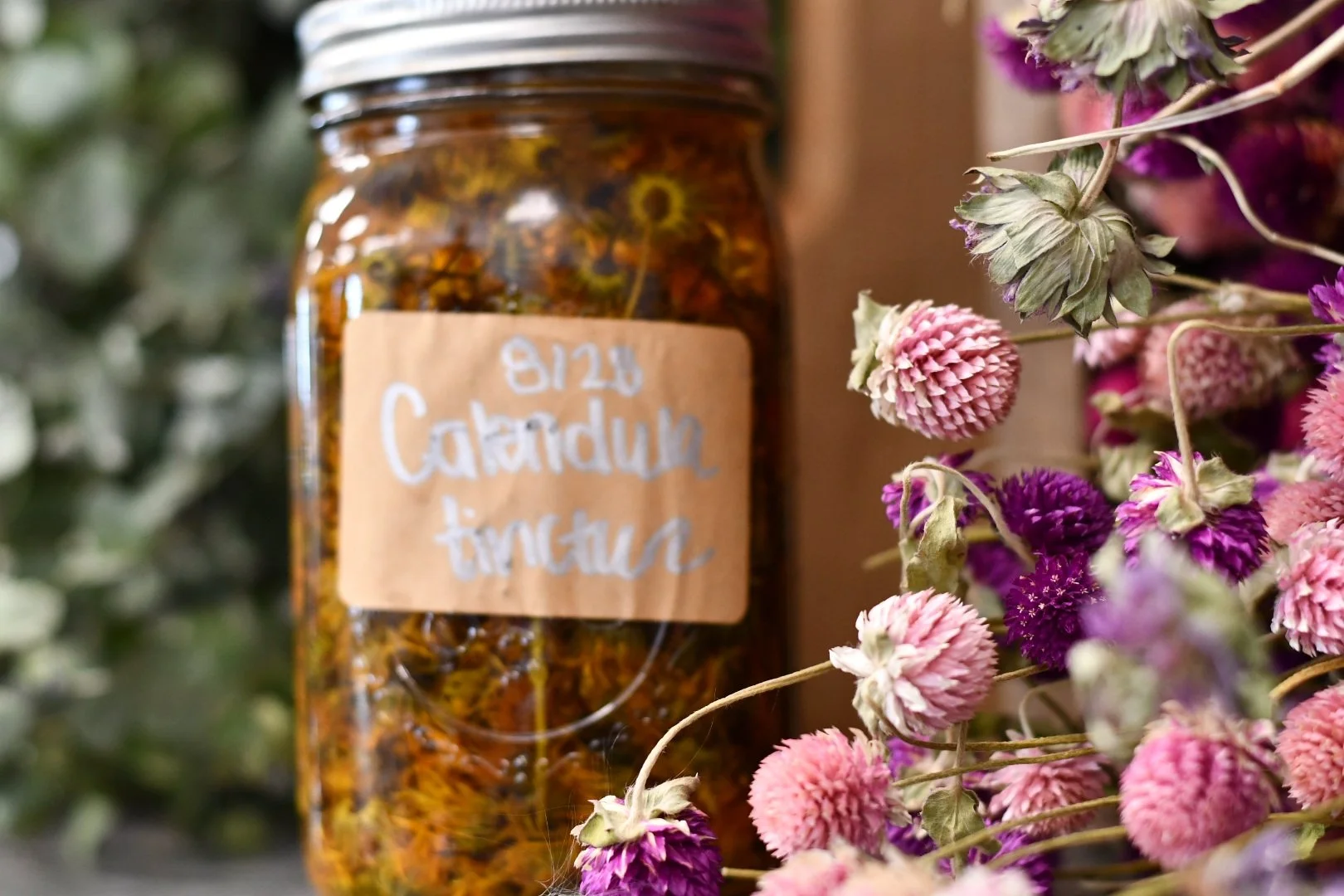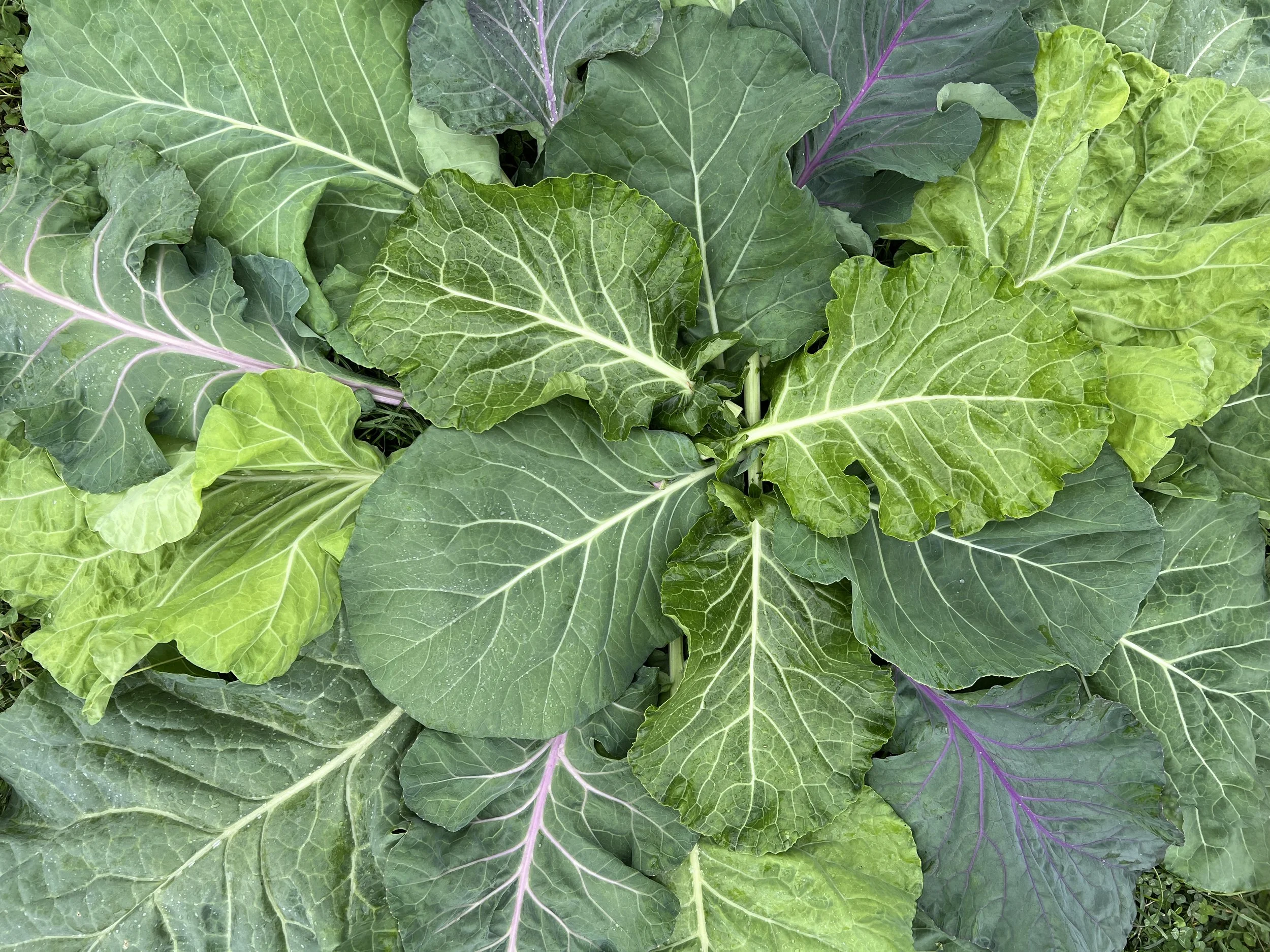
Stories
Learn about the Oak Spring Garden Foundation Interdisciplinary Residents of 2025.
Learn about the 2025 Oak Spring Garden Foundation selected Botanical Artists in Residence.
Learn about the 2025 Oak Spring Plant Science and Plant Conservation Sabbatical Awardees.
Learn about the Stacy Lloyd III Fellowship for Bibliographic Study, Eliza Moore Fellowship for Artistic Excellence, Plant Science Research Fellow, and our Fellowship in Plant Conservation Biology for 2025.
If you’re looking to make the spirits bright during your holiday gatherings, consider this lesser-known cocktail brought to life by our Chef Jason Neeve.
Cypress-knee sedge (Carex decomposita) and false hop sedge (Carex lupuliformis) are two incredibly rare species in the state, with the Virginia Department of Conservation and Recreation (DCR) listing them as at highest risk of being extirpated. This was the product of our Biodiversity Conservation team's ongoing efforts to compile a comprehensive snapshot of the species diversity on the property.
Read on to learn more about the plants and communities previously unknown since the formation of Oak Spring.
The landscape of Oak Spring is humming with activity as we step into the final days of summer. Sounds of cicadas buzzing from the trees, grasshoppers darting in the fields, and butterflies flocking to flowers. Some of these insects leap onto the pages of a rare three volume manuscript completed by Moses Harris for the entomologist Dru Drury. Read on to learn more about the partnership between the two and hear from our Ecologist and Collections Specialist, Dr. Rea Manderino.
Out of the notable interests in Mrs. Mellon’s life, the one that exceeded all others was her love and appreciation for plants. This is of course most embodied in her personal gardens which are a culmination of her ever-evolving design influence and style. This love was also reflected in other aspects such as the touches in her home at Oak Spring and in the collections of her library. In honor of our founder, Rachel “Bunny” Lambert Mellon, this blog we touch on an equally enduring legacy of botanical illustrator Margaret Stones.
Today we're sharing a painting of a special memory at Oak Spring Garden Foundation. On November 10, 1985, HM King Charles III (the former Prince of Wales) and Diana, Princess of Wales, came for a visit to Little Oak Spring.
The Oak Spring Garden Library holds books from vast parts of the globe. You can take a tour of the flora of Australia, China, Brazil and more. There are other volumes that take the focus to a more local scale, like Wildflowers of Georgetown. This work highlights the spring plants found in Georgetown, DC; some of which are in flower right now across the region. Read below to learn more about this latest digital introduction and to hear from our Head of Biodiversity Conservation on why it’s a gem of a resource.
One woman who was instrumental in the shift towards ecologically accurate illustrations was Maria Sibylla Merian. Born on this day in 1647, Merian created striking works and is regarded as the first ecologist of Europe. Learn more about her work and to watch a video by Merian scholar Dr. Kay Etheridge.
If the Brontë sisters are celebrity siblings of the writing world, then sisters Elizabeth and Margaret Wharton are the unsung stars from the “golden age” of botanical illustration. In honor of Women’s History month we are highlighting two sisters, whose works underscore the importance of women’s place in the formation of botany and scientific illustration. Read on to learn about their contributions and to view these women’s works in full as part of our ongoing digitization project.
The beauty of the landscape can be a source of inspiration for artists, writers, scientists, anyone really. Bigger elements like mountains, rivers or the topography of the Bull Run and Blue Ridge mountains which border Oak Spring can even be incorporated into garden design. Read our latest blog post written by our Horticulture Apprentice, Claire, to learn about the history of a design philosophy which first originated in 17th century China and encourages us to look to the landscape.
Learn about the 2024 Oak Spring Garden Foundation selected Botanical Artists in Residence.
Learn about the Stacy Lloyd III Fellowship for Bibliographic Study, Eliza Moore Fellowship for Artistic Excellence, Plant Science Research Fellow, and our Fellowship in Plant Conservation Biology for 2024.
Learn about the Oak Spring Garden Foundation Interdisciplinary Residents of 2024.
The students at Foxcroft School had the opportunity to visit and learn about the curative power of plants. They dove right in with an informative lecture led by Educational Outreach Director, Ginger Anderson. Several of the students also came in the fall to harvest and process the herbal materials that were used for this class.
After the lecture, the students rolled up their sleeves and crafted their own remedies from scratch. Read the blog for recipes you can make at home.
Over the past several years, select rare books, manuscripts, paintings, and other objects have been professionally digitized. In honor of this exciting new project, we’re kicking things off with a work by Flemish botanist, Carolus Clusius, whose birthday also just so happens to be today. Clusius is regarded as one of the most influential botanists of pre-Linnaean times, having contributed nearly 600 descriptions of plants and overseeing the formation of one of Europe's first botanical gardens, Hortus Botanicus Leiden.
We are pleased to announce the newest exhibit, Oak Spring: A Place to Grow. This exhibit features over 80 works created by alumni of our Interdisciplinary Residency, Botanical Artist in Residence, and Fellowships. The opening was held on January 24th and hosted a number of residency alumni whose works were featured in the exhibit as well as a presentation and reading.
After a recent snowfall, our Communications Apprentice, Sarah Goolishian, shot a series of beautiful photos from across Oak Spring’s landscape. Bundle up with a hot drink and enjoy a look at this Oak Spring winter wonderland!
Yuletide abounds with celebrations and decorations for the season. Whether they are bundled in a wreath on our door or standing out amongst the dormant landscape, evergreens are the shining stars of the winter season. Evergreens like pines, fir, spruce, and holly are common staples this time of year and represent the promise that spring and the green it brings will return again. Read below to learn about how some of our common holiday greenery came to be and learn about the science behind how some of these plants remain evergreen.
The western hemisphere is currently in the final stages of fall– trees in the landscape have reached dormancy and much of the garden has been tucked away for winter. On the other side of the globe, countries in the southern hemisphere are awaiting the arrival of summer and with it a beautiful array of flowers. Read on to take a botanical tour through the plants of the Southern Hemisphere without ever having to set foot in an airport.
The gardens Bunny Mellon created during her life were influenced by a number of places, objects, people and literature. One woman who had a lasting impact on American gardens and served as an inspiration for Mrs. Mellon was Ellen Biddle Shipman. Ellen, born on this day in 1869, was a pioneering landscape architect who designed over 600 gardens in her lifetime. Read on to learn about Ellen’s life and how some of her trademark garden design staples made their way to the gardens of Mrs. Mellon.
Born today in 1803, Marianne North spent her life dedicating herself to the pursuit of seeing and painting plants in faraway places. These paintings were done in non-traditional methods by Victorian standards but left a colorful lasting legacy at Kew Gardens. In our latest blog post read about Marianne’s travels and see some of her vibrant paintings.
Banner Image via WikiArt.
While the cool autumn air has returned, we are taking a look back at the height of summer. It’s at this time that our Biocultural Conservation Farm was getting ready to plant collards grown as part of a collaboration with the Heirloom Collards Project. Read our blog to learn about the history of collards in the US and history HCP, while hopefully gaining a new appreciation for these sometimes overlooked leafy greens.





























Few species of plants have captivated people for centuries quite like orchids. Taking the world by storm, orchids of every size and color are now readily available and can be kept alive by even the most novice gardeners. Thanks to our archives and garden records, we know that Mrs. Mellon also was swept up in the orchid craze. Read on as our Horticultural Apprentice, Julie, dives into the history of orchids and their history at Oak Spring.